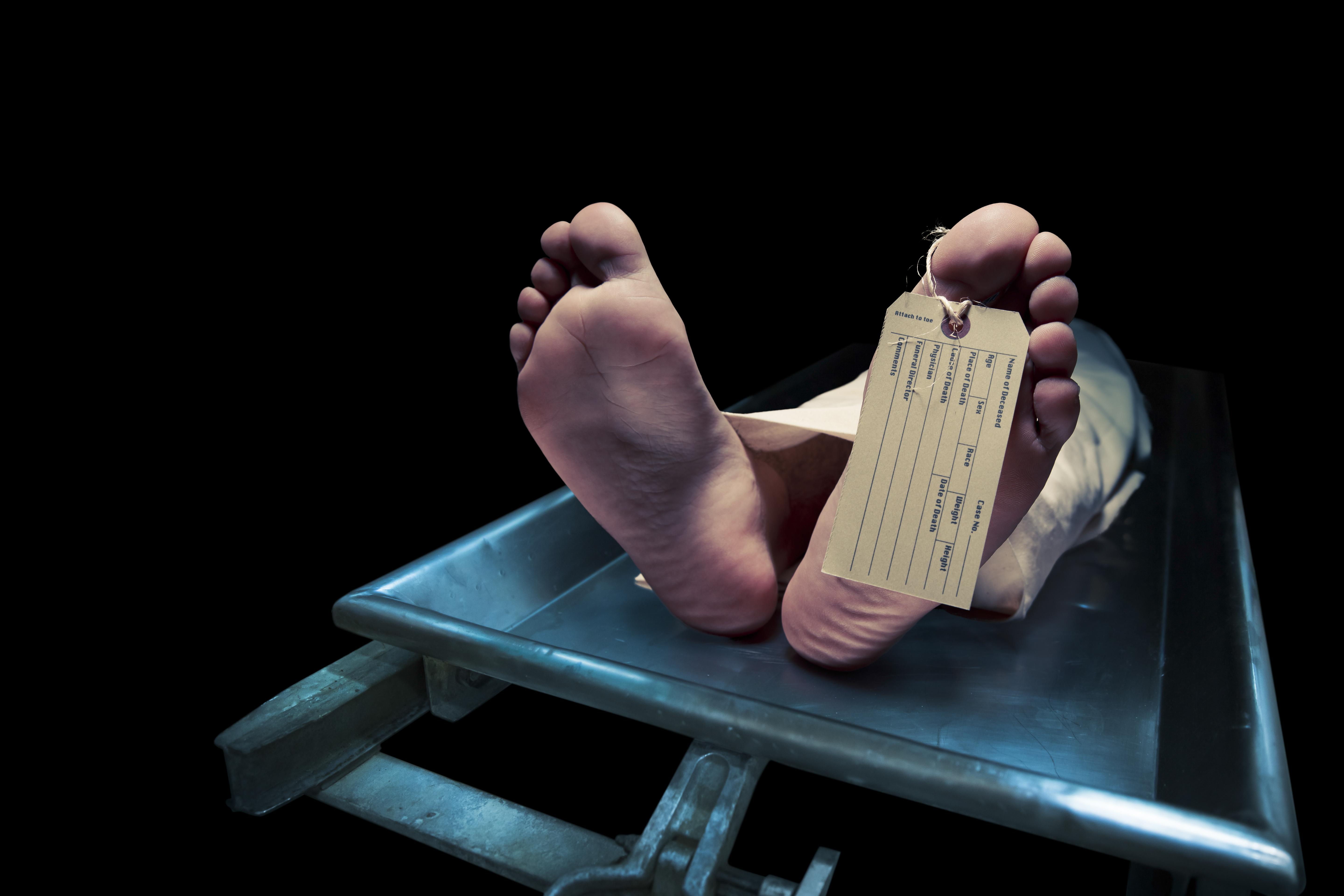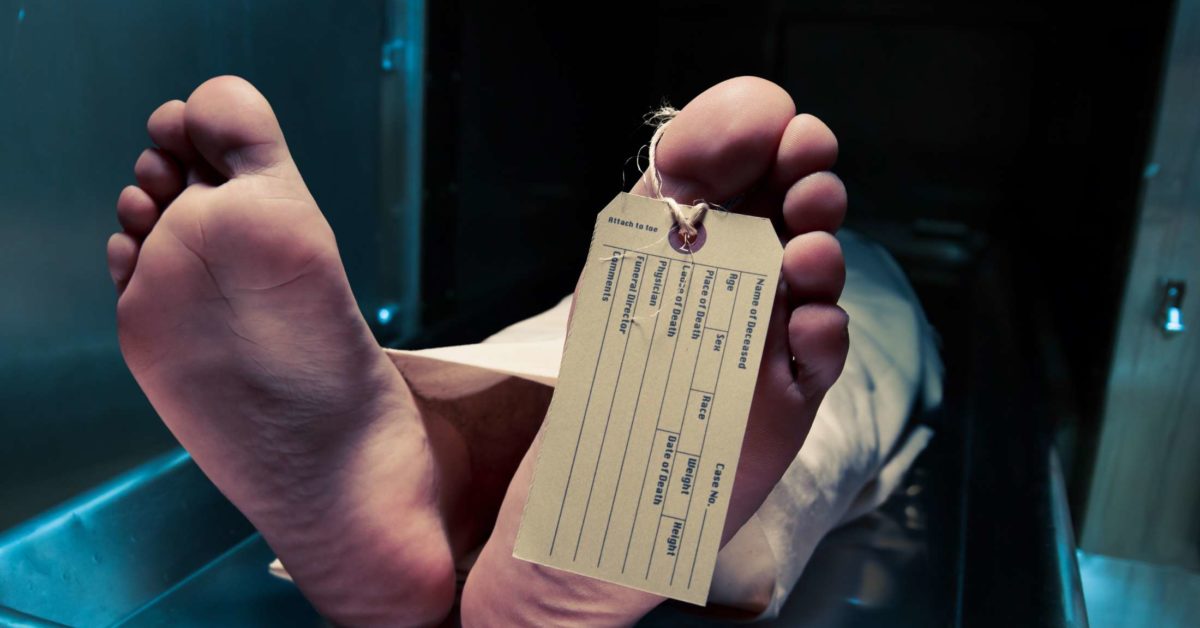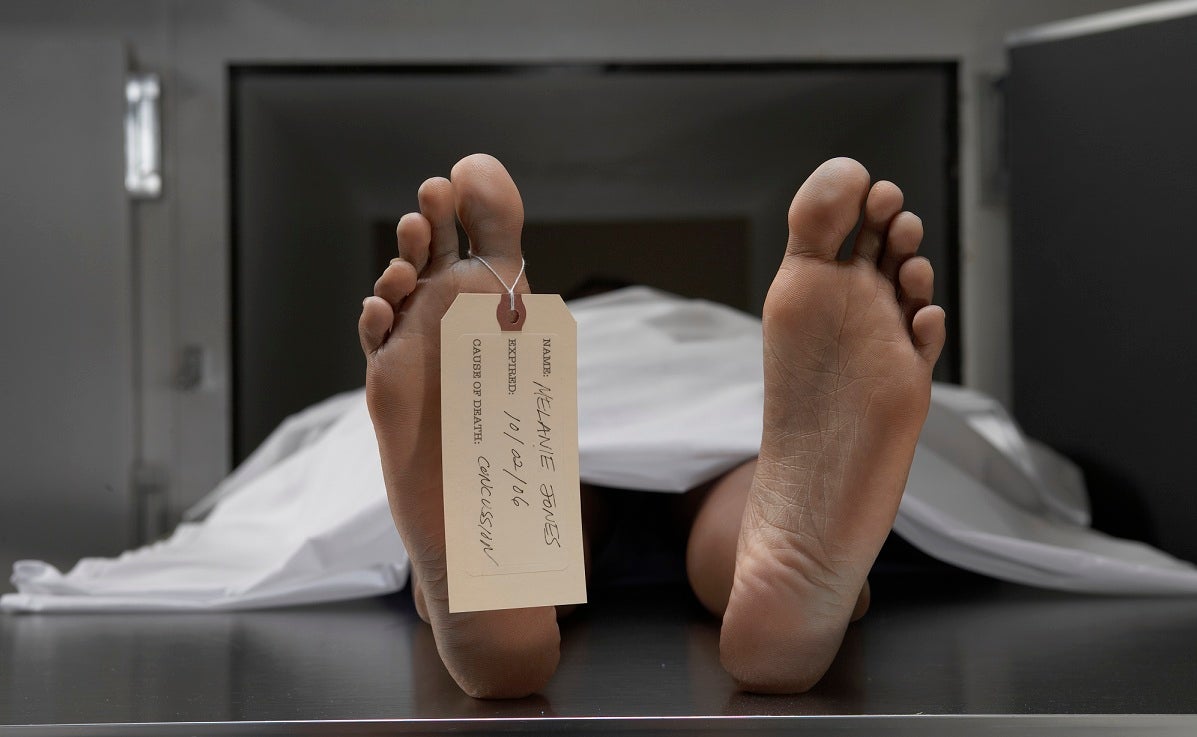Dead Letter No 9 - Unearthing Hidden Grateful Dead Moments
Have you ever thought about messages from the past, ones that somehow got lost or just never quite made it to their intended audience? In the world of music, especially with bands known for their live shows, there are quite a few of these unheard pieces, just waiting to be discovered. We are talking about performances that, for one reason or another, stayed tucked away, like a letter that never got delivered. This idea of a hidden musical message, something that exists but hasn't been widely shared, truly captures a special feeling of discovery for fans who cherish the sound of a band truly at play. It is, in a way, like finding a long-forgotten treasure, holding secrets and stories from another time.
For fans of a certain well-known band, the Grateful Dead, these kinds of finds are pretty common, actually. Their history is full of live recordings, some of which only see the light of day years later. It is a bit like a continuous conversation with their past, with new chapters always appearing. Think of these unreleased recordings as a kind of "dead letter no 9," a specific instance of something important that was there all along, just waiting for the right moment to be shared with everyone who cares to listen. The excitement comes from knowing there is always more to hear, more to feel, from those legendary shows, and that, you know, makes it all quite special.
The journey to bring these sounds to light often involves dedicated people, piecing together bits of history, much like putting together a puzzle. From old tapes to digital files, each piece helps paint a fuller picture of what these concerts were truly like. It is a process that respects the music and the moments it represents, offering a fresh listen to something familiar, or a first listen to something completely new. These moments, these "dead letter no 9" experiences, really do help keep the spirit of the music alive, offering a direct link to the band's creative flow and the energy of their performances, sometimes decades after they happened, so it is kind of amazing.
Table of Contents
- What Exactly Is a Dead Letter No 9 in Music?
- How Do We Come Across a Dead Letter No 9 Performance?
- Remembering Chicago 1974 - A Special Dead Letter No 9 Moment?
- Listening to the Soundboard - Portland 1980 and Dead Letter No 9
- The Americana Heart - Casey Jones and the Spirit of Dead Letter No 9
- What Other Dead Letter No 9 Discoveries Might Be Out There?
- The Grateful Deadcast - Sharing the Dead Letter No 9 Archive
- Why Do These Dead Letter No 9 Recordings Hold Such Value?
What Exactly Is a Dead Letter No 9 in Music?
When we talk about a "dead letter no 9" in the context of music, we are really talking about those rare, unreleased recordings that have been sitting quietly, waiting for their moment to shine. Think of it as a message from the past, a live performance that happened, was recorded, but for various reasons, just did not get put out for everyone to hear right away. It is not just about a song, but a whole concert, a complete moment in time, captured but not shared. For a band like the Grateful Dead, whose live shows were a huge part of what they were all about, these hidden recordings are particularly special. They offer a direct window into the spontaneity and feeling of their performances, something that, you know, is truly unique.
The idea of a "dead letter no 9" captures the excitement of finding something new from a beloved artist, even if that something is decades old. It is a chance to hear a band in a way you never have before, to experience a particular night that might have only been a memory for those who were there. For instance, the complete unreleased Grateful Dead performance from April 1, 1991, is a perfect example of this. It was a show that happened, it was recorded, and then it waited. This kind of waiting, this quiet existence, is what makes it a "dead letter" – a message sent, but not yet received by the wider audience. It is, in some respects, a true gift when it finally gets shared.
These unreleased pieces are more than just recordings; they are pieces of history. They tell us more about the band's musical journey, how their songs changed over time, and the special connection they had with their audience. Each one of these "dead letter no 9" moments adds another layer to the story, making the picture of the band's career even richer. It is a continuous process of discovery, where fans and historians work together to bring these hidden sounds to life, allowing new generations to experience the magic that was once thought to be lost or simply unheard. That, for instance, is why these finds are so meaningful.
How Do We Come Across a Dead Letter No 9 Performance?
Finding a "dead letter no 9" performance is often a real effort, involving a mix of luck, hard work, and dedicated people who care deeply about music history. These recordings do not just appear out of nowhere; they are usually found in archives, on old tapes, or sometimes even in private collections. Often, these are what are called "soundboard recordings," which means the sound was taken directly from the mixing board at the show, giving a very clear and pure audio experience. This kind of direct recording really helps capture the true sound of the instruments and voices, making it feel like you are right there, so it is pretty cool.
For the Grateful Dead, a band famous for letting fans record their shows, there is a huge amount of material out there. But even with all those fan recordings, there are still official soundboard tapes and other professional recordings that remained unheard for a long time. The process of getting these "dead letter no 9" recordings ready for public listening can involve a lot of careful work, like cleaning up the sound and making sure it sounds its best. The release of the April 1, 1991, performance, which began a series of programs on December 5, 2005, shows just how much effort goes into sharing these musical messages from the past. It really is a labor of love, you know, for everyone involved.
The journey from a forgotten tape to a widely available release is a long one, but it is a journey that brings so much joy to listeners. It is about preserving moments, about sharing sounds that tell a story, and about giving fans new ways to connect with the music they love. These efforts ensure that these valuable pieces of musical history, these "dead letter no 9" recordings, do not stay hidden forever. They are brought into the light, allowing more people to hear and appreciate the unique sound of a band that truly made its mark. Basically, it helps keep the music alive and fresh for everyone.
Remembering Chicago 1974 - A Special Dead Letter No 9 Moment?
Even for shows that are well-known or have been heard before, there can still be elements that feel like a "dead letter no 9" experience for individual listeners. Our text mentions a stop in Chicago on July 25, 1974. While that particular show might have been heard by some, the feeling of discovering it for the first time, or hearing a particularly clean version of it, can be just as exciting as finding a completely unreleased performance. It is about the personal connection, the moment when the music truly speaks to you, making it feel new and special, just for you. This kind of personal discovery, in a way, is what makes music so powerful.
The year 1974 was a very interesting time for the Grateful Dead. They were playing with a lot of energy, and their sound was evolving. A show from that period, like the one in Chicago, offers a snapshot of their musical journey. When a recording from such a time resurfaces, or is presented in a new light, it can feel like opening a message from that specific era. It is a chance to hear the band in their prime, experimenting with sounds and connecting with their audience in a very direct way. The Chicago show, for instance, offers a good example of this period, giving listeners a real sense of what it was like to be there.
The excitement around these older recordings, whether they are completely new to the public or just presented in a fresh way, comes from the chance to revisit a specific moment in time. It is a way to appreciate the band's growth and their creative choices. For many, these are not just old recordings; they are living documents that continue to inspire and entertain. Each listen can bring something new, making every return to these past performances a bit like finding another piece of a larger puzzle, a true "dead letter no 9" in its own right, perhaps. It is a beautiful way to stay connected to the music and the history it holds.
Listening to the Soundboard - Portland 1980 and Dead Letter No 9
The mention of a complete unreleased soundboard recording from June 12, 1980, in Portland, is a truly exciting detail for anyone interested in "dead letter no 9" type discoveries. Soundboard recordings are really prized because they offer a direct, clear sound of the band playing, without much of the audience noise or room echo that can sometimes be present in other types of live recordings. It is like listening to the band right from the source, giving you a very pure sense of their performance. This kind of clarity lets you hear every instrument and vocal part with a lot of detail, which is, you know, pretty great for any music fan.
This specific recording from Portland, which was featured as the last of four programs in the week of April 23, 2018, shows how these hidden gems continue to be brought to light over time. It is a testament to the ongoing effort to share the band's vast musical output with fans. Finding an unreleased soundboard from 1980 means getting to hear the Grateful Dead during a particular period of their career, with all the nuances of their playing and the unique feel of that era. It is a very direct way to experience a piece of their history, almost as if you are right there in the room with them. This kind of direct connection is really what makes these "dead letter no 9" finds so special.
The release of such a recording allows fans to truly appreciate the musical artistry and the spontaneous nature of the Grateful Dead's live shows. It is a chance to hear familiar songs with new ears, or to discover performances that have never been widely available before. These soundboard recordings are like very clear messages from the past, offering a detailed look at the band's work. They help us remember why these musicians were so beloved and why their music continues to resonate with so many people, making each "dead letter no 9" a valuable addition to their story. It is, in fact, a fantastic way to keep their legacy strong.
The Americana Heart - Casey Jones and the Spirit of Dead Letter No 9
While "dead letter no 9" often refers to unreleased material, the spirit of discovery also applies to how certain songs shaped a band's sound or marked a new period for them. Our text mentions "Casey Jones" as one of the first new songs that helped define the Grateful Dead's "Americana era," alongside "High Time" and "Dire Wolf," from their "Workingman's Dead" album. These songs, though widely known and loved, represent a kind of foundational "dead letter no 9" in terms of their impact on the band's direction. They were new messages, new sounds, that signaled a change and a deeper connection to American roots music, which is, you know, pretty significant.
These songs were not hidden, but their arrival was a significant moment, like opening a very important message about where the band was heading. "Casey Jones," with its story-telling lyrics and folk-rock feel, really helped establish a new side of the Grateful Dead. It showed a different approach to their songwriting and their overall sound, moving into a more acoustic, country-influenced style. This shift was a big deal for fans at the time, and it continues to be a key part of their story. It is, in a way, a collective "dead letter no 9" for the band's musical evolution, a turning point that changed things for good.
The impact of these songs goes beyond just their sound; they also tell us about the band's creative process and their willingness to explore different musical paths. They are a reminder that even established artists can surprise their audience with new directions. Thinking about "Casey Jones" and its companions in this way helps us appreciate the depth and breadth of the Grateful Dead's musical output. It is a way to look at their well-known work with fresh eyes, recognizing the moments when they sent out new musical messages that truly defined an era for them. That, honestly, makes them feel new again, even after all these years.
What Other Dead Letter No 9 Discoveries Might Be Out There?
Given the Grateful Dead's long history and their reputation for constant touring and recording, it is natural to wonder what other "dead letter no 9" type discoveries might still be waiting to be found. The sheer volume of their live performances means there is always a chance that another unreleased show, another soundboard recording, or even a different mix of a familiar track, could surface. It is a thought that keeps the excitement alive for fans, knowing that the archive is so vast and full of possibilities. This ongoing potential for new sounds is, in a way, a continuous gift to their listeners, you know, a very nice thing.
The process of finding and releasing these recordings is not just about digging up old tapes; it is also about the careful work of preserving them and making them sound their best for today's audiences. This means that even if a recording has been sitting in a vault for decades, it can still be brought to life with modern technology, allowing its message to be heard clearly. The idea that there are still hidden performances out there, waiting to be shared, adds a layer of mystery and anticipation to the Grateful Dead's legacy. It is a truly exciting prospect for anyone who loves their music, making every new release feel like a true discovery.
This continuous uncovering of "dead letter no 9" material means that the band's story is always growing, always offering new insights. It is a reminder that music, especially live music, is a living thing, full of moments that can be revisited and appreciated anew. The search for these hidden gems is a big part of what makes being a fan of the Grateful Dead so special. It is a journey of ongoing discovery, where every new piece of music feels like a direct communication from the past, enriching our understanding of a band that truly left its mark. It is, basically, a never-ending adventure for your ears.
The Grateful Deadcast - Sharing the Dead Letter No 9 Archive
The "

Dead bodies keep moving for more than a year after death, new study

The Lazarus phenomenon: When the 'dead' come back to life

This is what it’s like to be dead, according to a guy who died | The